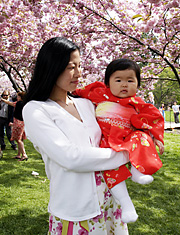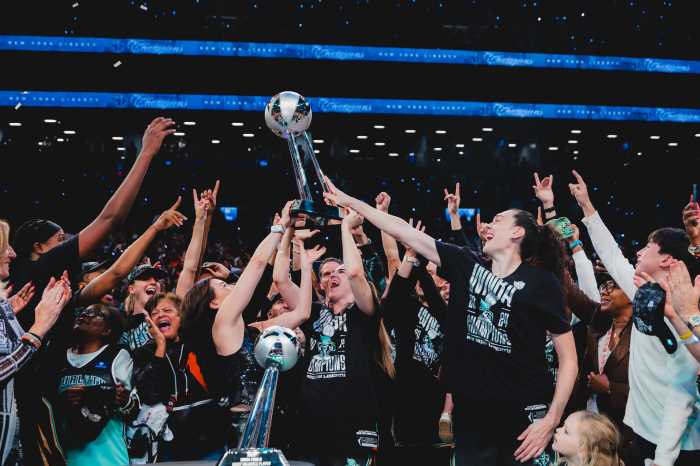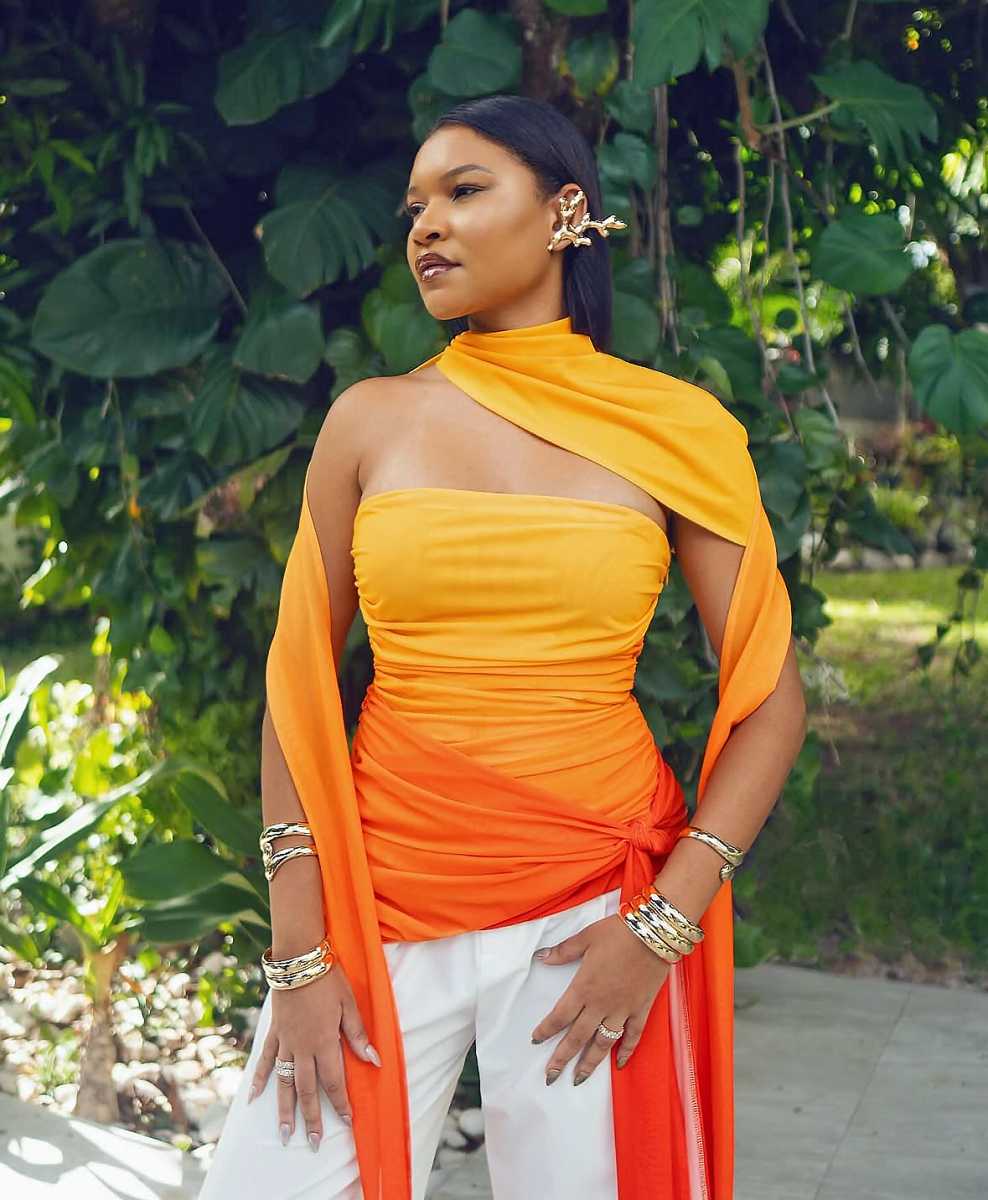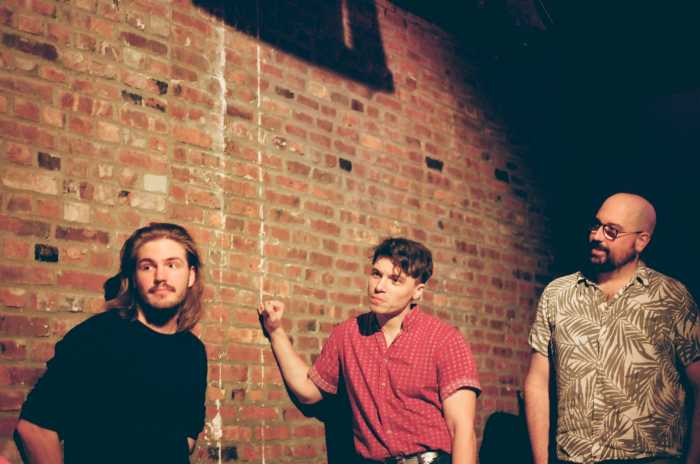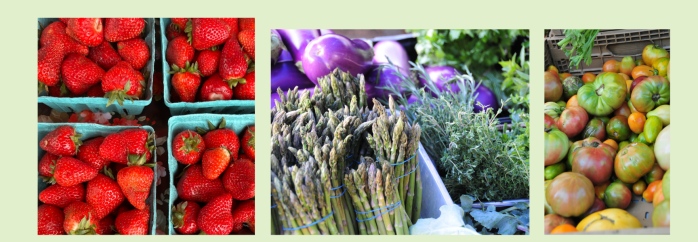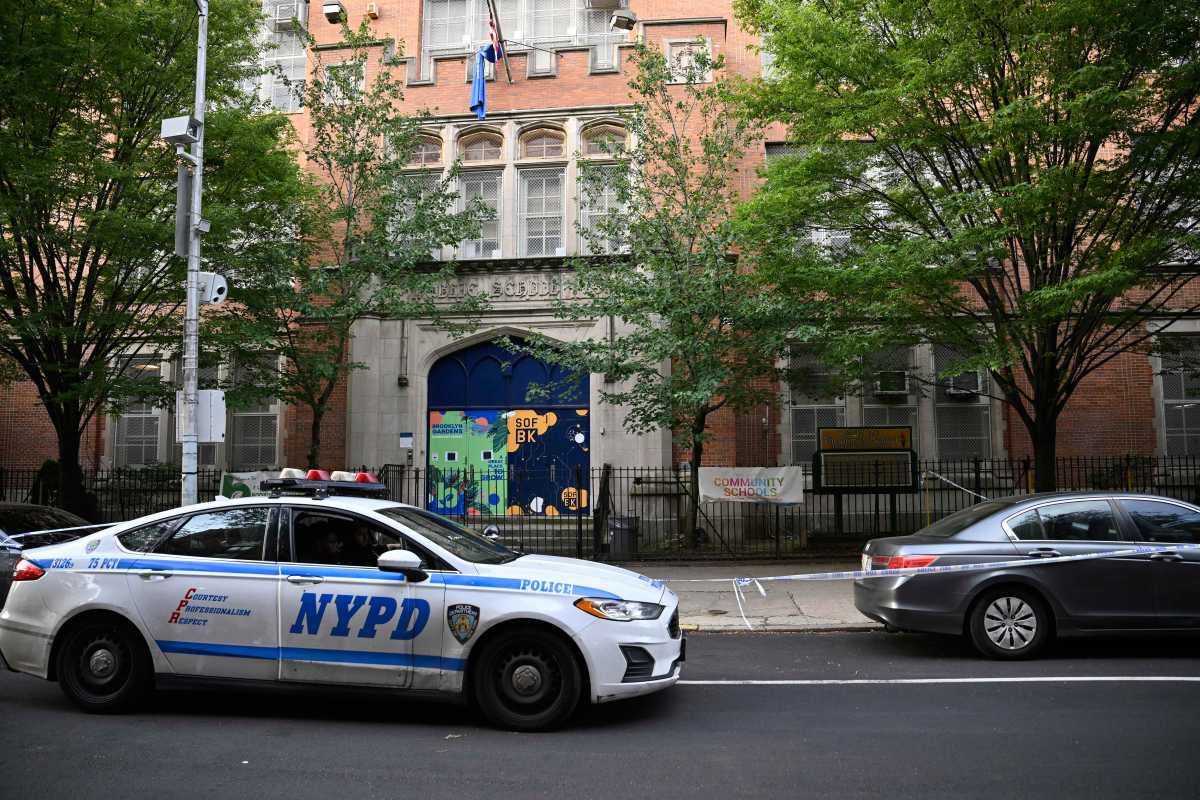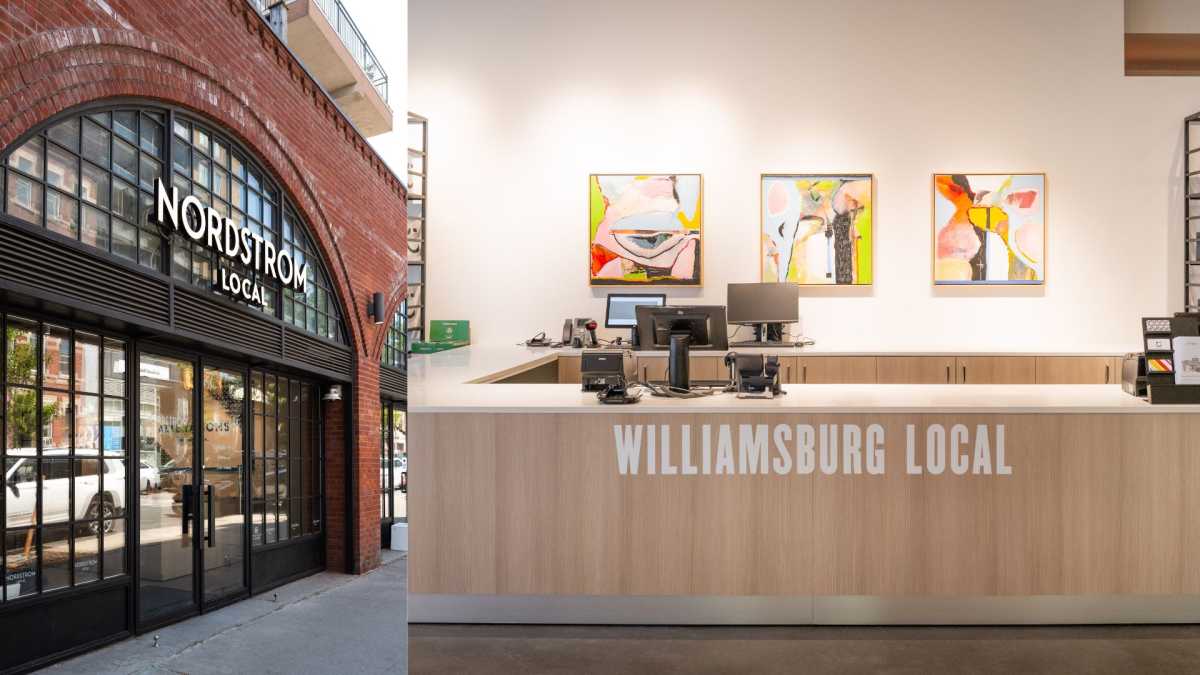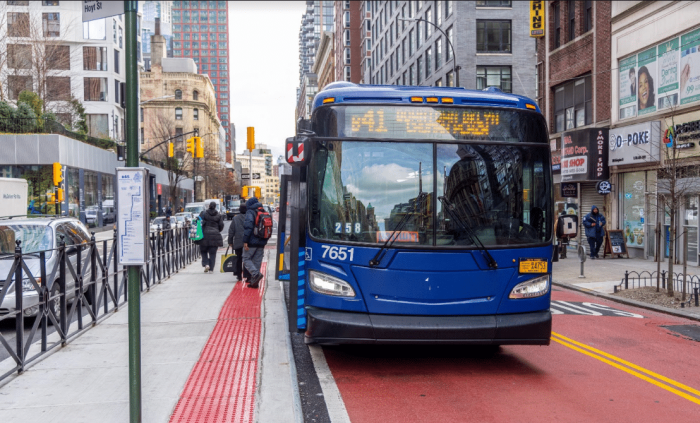It’s time for the Brooklyn Botanic Garden’s cherry blossom festival. In honor of this, the 26th year of “Hanami” (Japanese for “viewing”), GO Brooklyn spoke with Brian Funk, curator of their Japanese Hill and Pond Garden. Here are some of the surprising facts about the dainty pink flowers you’ve been hearing so much about that he shared with us:
1. Cherry blossoms — the manly flower. Their pink and white hues and delicate appearances may conjure up visions of femininity, but cherry blossoms are actually associated with masculinity in Japanese culture. “The cherry blossom has a short and colorful life — just like that of a samurai,” Funk explained.
2. Cherry blossoms are native to East Asia. “Sakura,” the Japanese word for cherry blossom, is indigenous to not only Japan, but China and Korea, too. Japan has more than 300 species of the tree, many of which have been artificially hybridized. The first blossoms came to the United States in 1912 as a gift of friendship from Japan, and still bloom each year at the Tidal Basin in Washington, D.C.
3. They actually need the cold. Cherry blossoms thrive in regions where there is a cold winter followed by a warm spring, meaning they are much more likely to flourish in Brooklyn, New Jersey or Washington, D.C., than in the western or southern parts of the United States. “We have a lot of visitors that come here from California for the festival because they can’t grow cherry trees there,” Funk said. “Cherry trees need a cold winter.”
4. The cherries you eat don’t come from the trees honored during “Hanami.” The trees celebrated during this season are the ornamental, flowering ones, not the trees that produce fruit cherries. The sweet leaves of many cherry blossom trees, however, are edible and are sometimes used in making Japanese treats.
5. The birds and the trees: The BBG isn’t the only place in the borough that you’ll find cherry blossoms. With the help of some winged friends, more than a few trees have grown around the borough. Additionally, plenty of local gardeners seek out the trees for their own spaces. “There are some wild cherries in Brooklyn,” Funk observed. “But there aren’t that many wild areas in Brooklyn. People are planting little weeping varieties in their yards.”
6. You don’t need a green thumb to cultivate your own cherry trees. Here are a few tips from the expert about growing your own cherry tree in Brooklyn: Pick a smaller variety because these trees can grow quite large. Many flowering cherry trees live only 40 years, however, they are fast-growing, so you will be able to enjoy it for quite a while. They like full sun and their roots are near the surface, meaning it is difficult to grow grass under them. Other than needing pruning when they are young, the trees won’t need a lot of care and don’t fall victim to common plant diseases.
7. You can track the blossoms online. The BBG has added a cherry blossom directory to their Web site so that you can see which trees are blooming and which have yet to burst. Funk and the BBG staff track changes daily on the illustrated map — plan your trip or keep an eye on your favorite tree by visiting http://www.bbg.org/exp/ cherries/map.html.
“Hanami” will be at the Brooklyn Botanic Garden (1000 Washington Ave. at Montgomery Street in Prospect Heights) from April 7 through May 6. The Garden is open Tuesday through Friday from 8 am-6 pm and on Saturday and Sunday from 10 am-6 pm. Admission is $8m $4 for seniors and students, free for kids 12 and younger. For information, call (718) 623-7200 or visit www.bbg.org.


